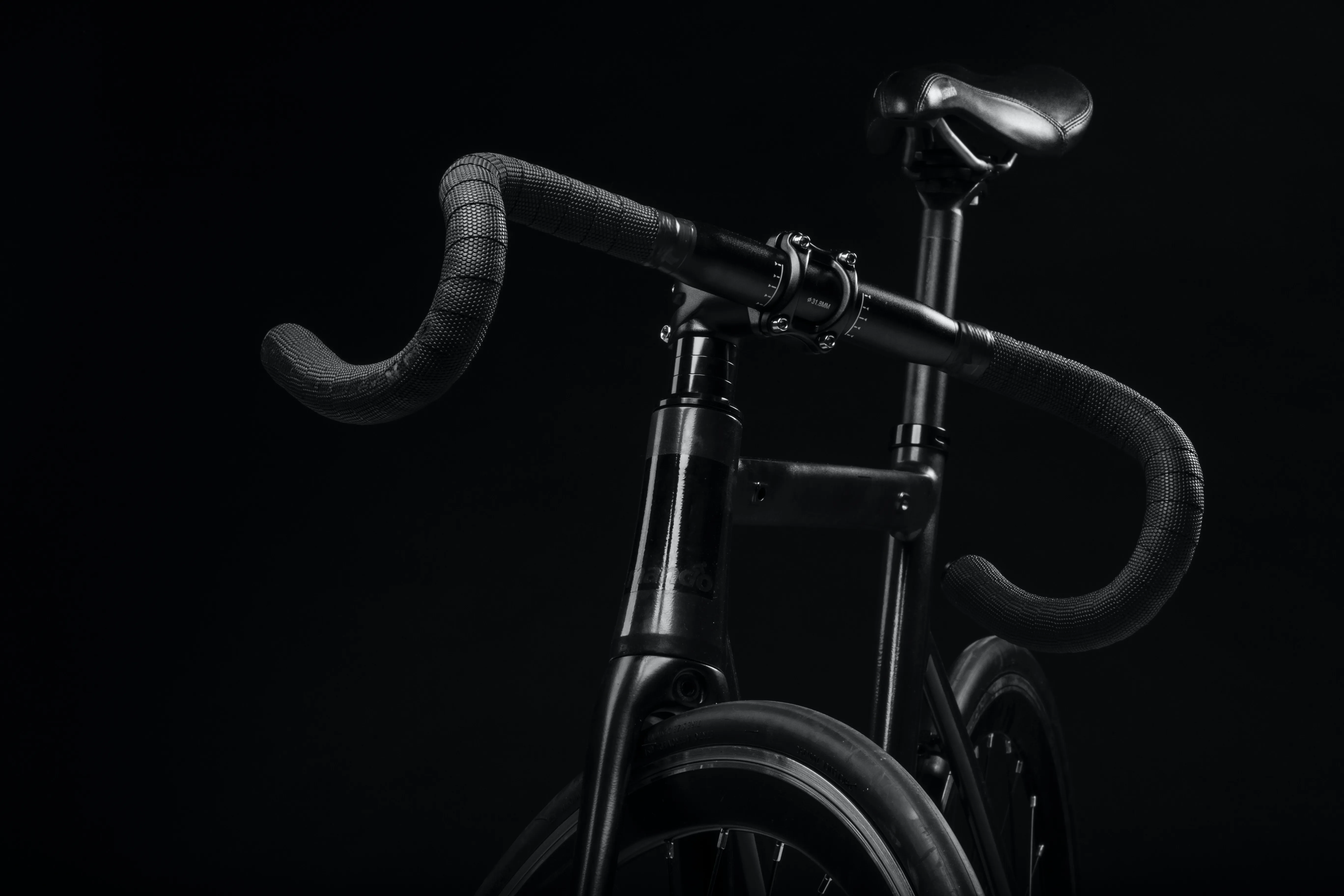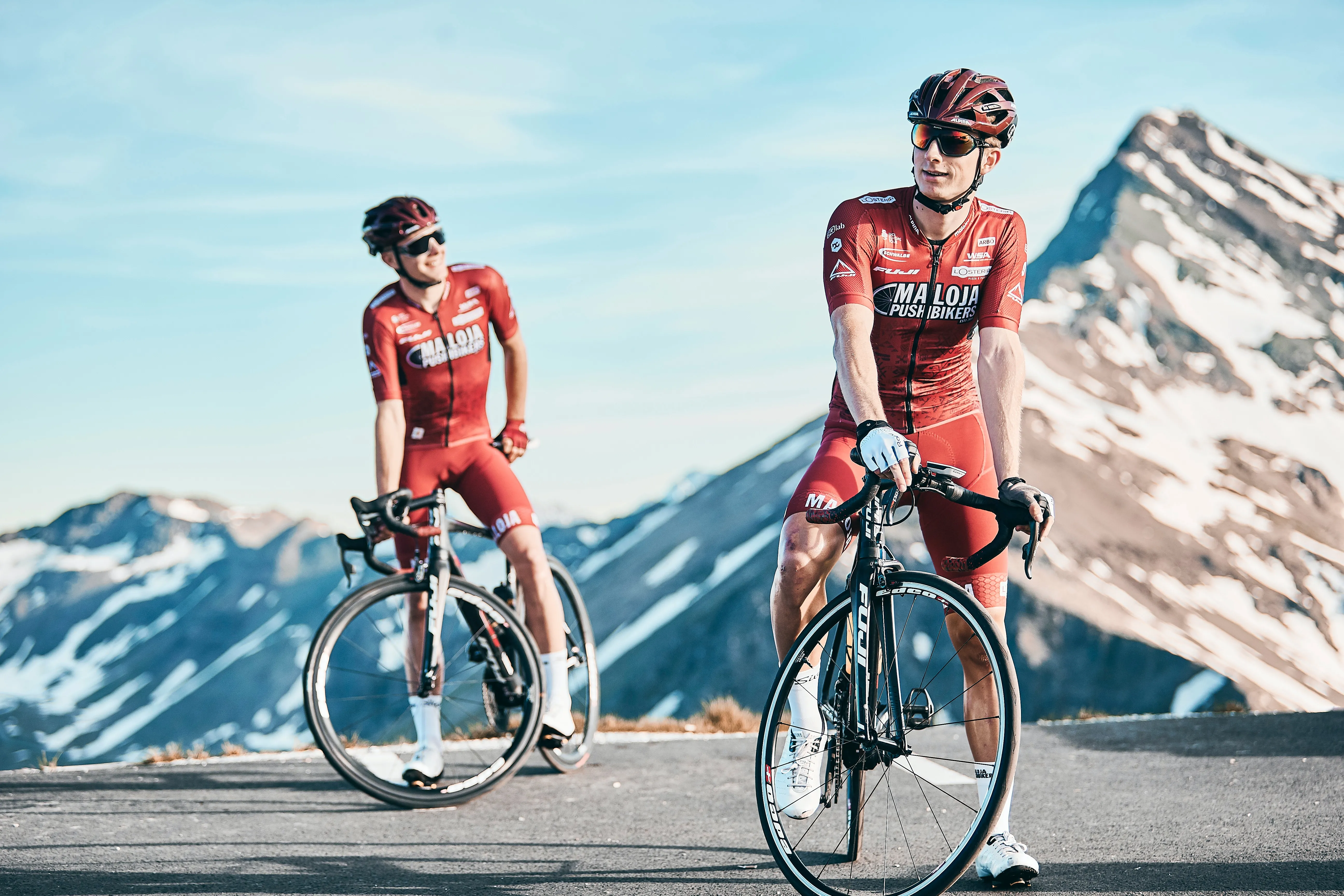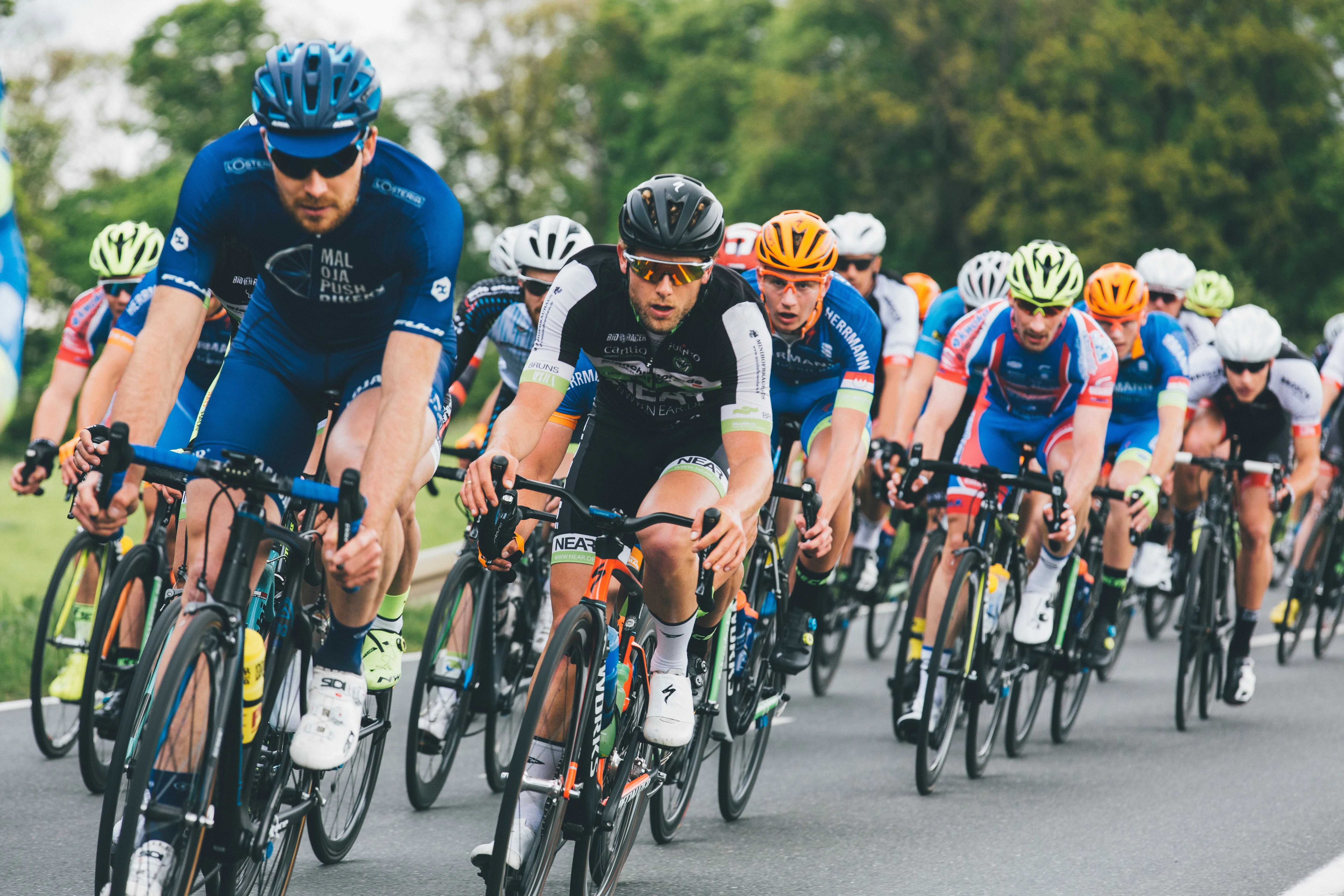Bike Fit Basics: How to Choose the Right Bike for Your Body

Cycling is a passion that transcends age, fitness levels, and geographical borders. Whether you're riding for leisure, commuting, or chasing the adrenaline rush of a downhill trail, having a bike that fits you right is crucial. A properly fitted bike can significantly enhance your comfort and performance while helping to prevent injuries. This comprehensive guide will educate you on the basics of bike fit and how to choose the right bike for your body type and riding style.
Why Bike Fit Matters
A bike that fits you perfectly is like an extension of your body. It allows you to ride comfortably, efficiently, and safely. It also reduces the strain on your joints, minimises fatigue, and helps prevent cycling-related injuries.
However, getting the right bike fit isn't just about adjusting the seat height. It involves numerous factors, including bike frame size, handlebar height and reach, saddle position, and more.
Understanding Bike Frames
The bike frame is the backbone of your bike and it's the first thing to consider when finding a bike that fits. Bike frames come in different sizes, usually expressed in centimetres or inches, and correspond to different rider heights.
Most manufacturers provide a size chart that can guide you on the right frame size for your height. However, keep in mind that frame sizes can vary between brands, and it's always better to try the bike in person if possible.
Saddle Height and Position
A properly adjusted saddle height ensures optimal pedal efficiency and minimises the risk of knee problems. As a general rule, when your pedal is at the lowest point and your leg is fully extended, there should be a slight bend in your knee.
The saddle's fore and aft position is just as crucial for a good bike fit. A rough guide is that when the pedal crank is in a horizontal position, a plumb line dropped from the front of your kneecap should align with the pedal axle.
Handlebar Height and Reach
Handlebar height and reach can greatly affect your comfort and riding efficiency. They should be adjusted based on your riding style and flexibility.
Generally, the handlebar height should be level with or slightly above the saddle for recreational riders, for more upright posture and comfort. For more aggressive riding or racing, a lower position that leans the body forward can increase aerodynamics and speed.
As for reach, when you're on the saddle with your hands on the handlebars, there should be a slight bend in your elbows. Overreaching can put extra stress on your lower back and arms, leading to discomfort.
Other Considerations
While the frame, saddle, and handlebars are major factors, don't neglect other considerations such as the pedals and the tyres. Choose pedals that you're comfortable with, and invest in cycling shoes if you're riding long distances or racing. Tyre width and pressure can also affect your comfort, speed, and bike handling.
When choosing a bike, remember, the key is to find a balance between comfort and efficiency that suits your riding style. Whether you're cruising the city streets or tackling challenging trails, having the right bike fit will make your rides more enjoyable and protect your body from strain and injuries.
In the grand scheme of things, your bike should feel like a natural extension of your body, a trusted companion on your cycling adventures. The open road awaits, and your perfect bike is the vehicle to take you there. So, prioritise finding the right bike fit, and let your cycling journey be one of comfort, joy, and exhilarating freedom. Here's to many miles of happy, healthy riding!



